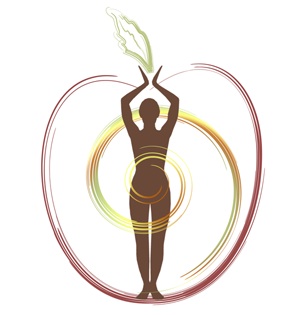7 practical uses for peppermint essential oil
Peppermint grows with ease and abundance in many regions. One can often find a wide variety growing in backyards, neighborhood and community gardens, sold at farmers markets and natural food stores. To tell if a live plant is fresh, gently rub a mint leaf between your fingers to release the oils and inhale the wonderful aroma. Ahhh.
A favorite of many for centuries, peppermint is one of the most useful essential oils. Its variety of therapeutic uses has found application in many commercial products. The oil blends well with other oils such as lavender, frankincense, lemon, sandalwood, orange and ylang ylang.
Although generally regarded as safe (GRAS), peppermint can cause skin irritation. Therefore, pregnant and lactating women and young children should always seek the counsel of a health care or holistic health practitioner before using.
Peppermint is easily incorporated into the home and lifestyle and can even replace many common over-the-counter remedies used to …
- Soothe. Apply peppermint topically to sooth itching and reduce swelling of mosquito or spider bites, and bee stings. Along with lavender and frankincense, peppermint can help to drain the sinuses, relieve headaches, and even relieve migraine pain.
- Breathe. Peppermint instantly opens the sinuses and bronchial airways, improving breathing for allergy, hay fever, asthma and bronchitis sufferers.
- Invigorate. Peppermint’s ability to arouse mental alertness and concentration makes it useful as a quick pick-me-up to combat sleepiness, dizziness, faintness, fogginess, or general dullness.
- Calm. Just as peppermint invigorates, it also soothes and relaxes. It can reduce the symptoms of hysteria, shock, anxiousness, restlessness, insomnia and stress, especially when combined with lavender.
- Deodorize. Peppermint is a powerful freshener. It’s commonly used in the laundry, bathrooms (add to cotton balls), foot deodorizers (add to creams or oils), toothpaste, and mouthwash. One drop under or at the back of the tongue is a great breath freshener.
- Digest. Even just the fragrance of peppermint is known to stimulate the appetite, ease digestion, alleviate nausea, and relieve irritable bowel and motion sickness.
- Flavor. A few drops of peppermint essential oil can be used to flavor homemade toothpaste or mouthwash, or added to teas and salads.
Due to the powerful nature of pure, therapeutic essential oils, a little goes a LONG way. There is no need to overuse oils. That said, essential oils can be …
- Diffused into the air. There are several ways to diffuse essential oils and many commercial diffusers are available. The goal: accessing the oils’ beneficial properties.
- Applied or massaged directly into the skin. Diluting with carrier oil is recommended. Always test on a small patch of skin first to determine potential skin sensitivity.
- Ingested. Caution: only certain oils can be consumed. Find and consult with a registered aromatherapist for details.
*Peppermint should be avoided altogether if you have mint allergies.
Did you know?
Therapeutic grade oils are distilled or cold-pressed in a way that maintains the integrity of the plant’s effectiveness. Not all essential oils are created equal.
For more info on certified pure therapeutic grade (CPTG) essential oils, check out An Intro to Essential Oils.
[Full Disclosure: Aqiylah Collins is a dōTERRA Wellness Advocate]
Image: Mint Leaves by Kham Tran is used here with permissions granted under the GNU Free Documentation License
